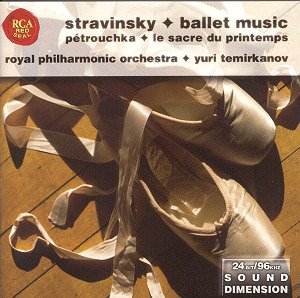 Composer: Heitor Villa-Lobos
Composer: Heitor Villa-Lobos
Works: Sexteto Mistico, Two Choros bis, Quatuor Choros No. 7, Bachianas Brasileiras No. 9
Performers: Lontano, Odaline de la Martinez (conductor)
Recording: Rec 1992, St Silas Church, London NW5
Label: Lontano LNT 102
Heitor Villa-Lobos, a towering figure of 20th-century music, remains a fascinating subject for exploration beyond his most frequently performed works. This recording of his chamber and choral music features pieces that exemplify his unique blend of Brazilian folk idioms and classical forms, highlighting the composer’s ability to transcend cultural boundaries. The selected works encapsulate Villa-Lobos’s explorative spirit, while the ensemble Lontano, under the adept direction of Odaline de la Martinez, brings these lesser-known compositions vividly to life.
The Sexteto Mistico (1917) opens with an intriguing palette of instruments: flute, oboe, saxophone, celesta, harp, and guitar. This unusual combination allows for a sonic landscape rich in color and texture. The ensemble’s performance is marked by a deft balance; the delicate interplay of timbres creates an ethereal quality that is both captivating and reflective of Villa-Lobos’s deep-seated fascination with Brazilian themes. Martinez’s interpretation is particularly noteworthy for its rhythmic precision, illustrating how Villa-Lobos’s idiosyncratic rhythms can evoke both a sense of urgency and a meditative calm.
Following this, the Two Choros bis (1928) offers a striking contrast, featuring only violin and cello. Here, the performers navigate the intricate dialogue between the two instruments with an impressive command of dynamics and phrasing. The work’s tonal exploration rivals that of Ravel’s Duo, as the musicians uncover an array of sonorities that resonate with the Brazilian spirit, while simultaneously preserving the integrity of classical tradition. The violinist’s ability to articulate the folk melodies with clarity and the cellist’s lush, emotive lines create a conversation that is as intellectually stimulating as it is artistically rewarding.
The Quatuor Choros No. 7 (1924) returns to a fuller instrumentation, including flute, oboe, clarinet, alto saxophone, bassoon, violin, cello, and tam-tam. This piece showcases Villa-Lobos’s penchant for colorful orchestrations and rhythmic vitality. The ensemble’s performance captures the jubilant essence of the Choros, characterized by vibrant contrasts and seamless transitions between the spirited and the meditative. The woodwinds particularly shine, with the clarinet and oboe weaving in and out of the texture, creating a rich tapestry of sound that is both intricate and cohesive. Martinez’s direction ensures that the ensemble maintains a sense of unity, even amidst the diverse instrumental colors.
The recording of Bachianas Brasileiras No. 9 (1945) is rendered here in its original version for wordless voices and orchestra. The BBC Singers deliver a performance that is both haunting and sublime, with the ethereal quality of the voices blending beautifully with the instrumental backdrop. The prelude’s slow unfolding creates a hypnotic effect, drawing the listener into a state of contemplation, while the lively fugue exhibits Villa-Lobos’s skill in counterpoint and rhythmic drive. The sound quality captures the ambient acoustics of St Silas Church, enhancing the choral textures and providing a sense of space that complements the music’s inherent spirituality.
Technical aspects of this recording are commendable, with the engineering team achieving a clarity that allows each instrument and voice to be distinctly heard while maintaining the cohesiveness of the ensemble. The natural reverb of the church contributes positively to the overall listening experience, enriching the sound without overwhelming the subtleties of the performance.
Engaging with this recording reveals Villa-Lobos’s multifaceted genius and his ability to weave Brazilian folk traditions into a classical framework. The interpretations by Lontano and de la Martinez are both insightful and compelling, showcasing a deep understanding of Villa-Lobos’s musical language. This album serves not only as an introduction to some of his lesser-known works but also as a testament to the enduring vitality of his music. It stands out as a valuable addition to the discography of one of Brazil’s most beloved composers, enriching our understanding of his artistic legacy.



